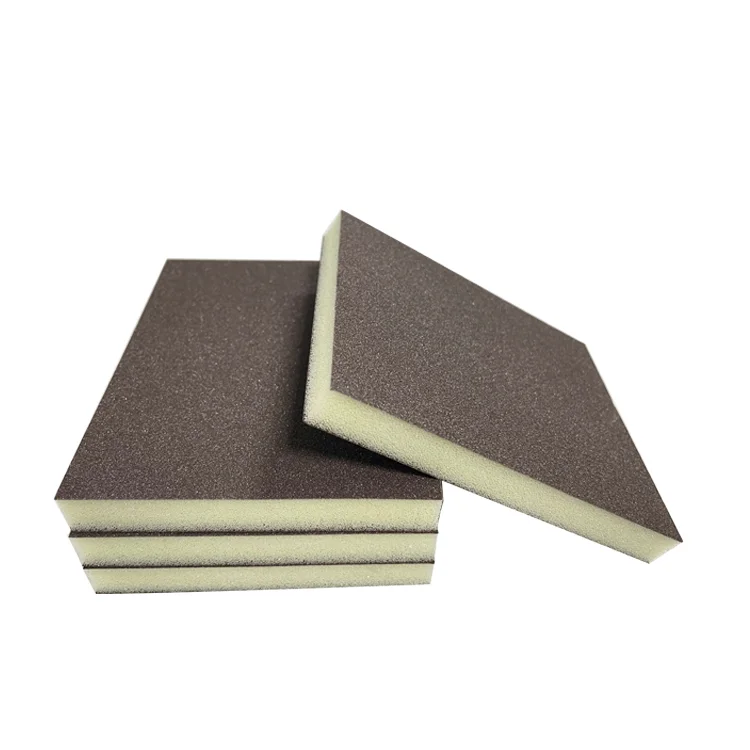In the realm of laundry appliances, the age-old debate of which washing machine reigns supreme continues to perplex consumers. With a myriad of options available, it's crucial to understand the pros and cons of each type. In this comprehensive guide, we delve into the intricacies of front load and top load washing machines, dissecting their features, performance, and efficiency to help you make an informed decision.
- Efficiency and Water Consumption:
Front Load: The front load washing machine takes the lead in terms of efficiency and water consumption. Its horizontal drum design allows for higher spin speeds, resulting in better water extraction and reduced drying time. Additionally, front load machines typically use less water, making them an eco-friendly choice.
Top Load: While top load machines generally consume more water, recent advancements have led to the introduction of high-efficiency top load models. These machines employ innovative technologies, such as impeller or agitator-less designs, to optimize water usage and energy efficiency.
- Cleaning Performance:
Front Load: The tumbling action of a front load washing machine ensures superior cleaning performance. The gentle yet thorough agitation, combined with higher spin speeds, effectively removes stains and dirt from garments. Moreover, front load machines are equipped with advanced features like steam cleaning, which further enhances their cleaning capabilities.
Top Load: Traditional top load machines rely on agitators or impellers to clean clothes. While they may be less gentle on delicate fabrics, they excel at handling heavily soiled items and bulky loads. However, newer top load models with impeller designs offer improved cleaning performance without the agitator's drawbacks.
- Capacity and Convenience:
Front Load: Front load machines typically have larger capacities, allowing you to wash more clothes in a single load. Their horizontally oriented drums also make loading and unloading easier, especially for individuals with mobility issues. Additionally, front load machines are stackable, saving valuable space in compact laundry areas.
Top Load: Although top load machines generally have smaller capacities, they offer the convenience of adding forgotten items mid-cycle. This feature, known as pause and add, allows you to retrieve dropped socks or add that missed shirt without interrupting the wash cycle.
- Maintenance and Longevity:
Front Load: Front load machines require regular maintenance to prevent mold and mildew buildup. Proper care includes wiping the door seal, leaving the door ajar after each use, and using high-efficiency detergents. However, with proper upkeep, front load machines can provide excellent longevity and performance.
Top Load: Top load machines are less prone to mold and mildew issues due to their design. However, the presence of agitators or impellers may cause wear and tear on clothes over time. Regular cleaning of the agitator or impeller is necessary to maintain optimal performance and prolong the machine's lifespan.
Conclusion:
In the battle of front load vs. top load washing machines, there is no definitive winner. The choice ultimately depends on your specific needs and preferences. If efficiency, cleaning performance, and larger capacity are your priorities, a front load machine is the way to go. On the other hand, if convenience, the ability to add items mid-cycle, and a more budget-friendly option are crucial, a top load machine may be the better choice. Remember to consider factors such as space availability, maintenance requirements, and energy efficiency when making your decision. Happy washing!




